Researchers have proposed three different methods for providing consistent power in 139 countries using 100 percent renewable energy.
The inconsistencies of power produced by wind, water, and sunlight and the continuously fluctuating demand for energy often hinder renewable energy solutions. In a new paper, which appears in Renewable Energy, the researchers outline several solutions to making clean power reliable enough for all energy sectors—transportation; heating and cooling; industry; and agriculture, forestry, and fishing—in 20 world regions after all sectors have converted to 100 percent clean, renewable energy.
The researchers previously developed roadmaps for transitioning 139 countries to 100 percent clean, renewable energy by 2050 with 80 percent of that transition completed by 2030. The present study examines ways to keep the grid stable with these roadmaps.
Multiple solutions
“Based on these results, I can more confidently state that there is no technical or economic barrier to transitioning the entire world to 100 percent clean, renewable energy with a stable electric grid at low cost,” says lead author Mark Z. Jacobson, a professor of civil and environmental engineering at Stanford University who is also a senior fellow at the Stanford Precourt Institute for Energy and the Stanford Woods Institute for the Environment.
“This solution would go a long way toward eliminating global warming and the 4 million to 7 million air pollution–related deaths that occur worldwide each year, while also providing energy security.”
“…the greatest barrier to the large-scale implementation of clean renewable energy is people’s perception that it’s too hard to keep the lights on…”
The paper builds on a previous 2015 study by Jacobson and colleagues that examined the ability of the grid to stay stable in the 48 contiguous United States. That study only included one scenario for how to achieve the goals.



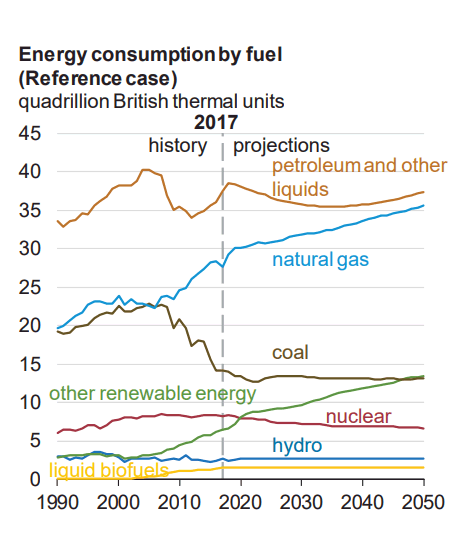

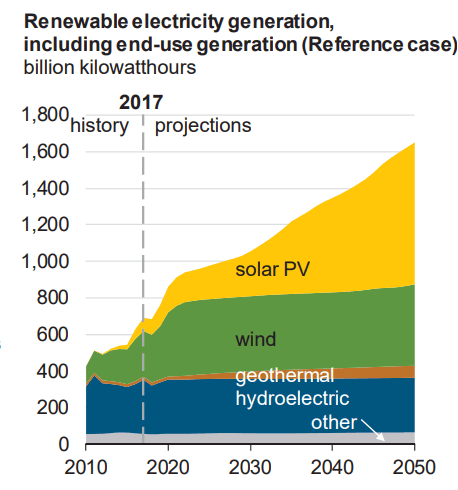
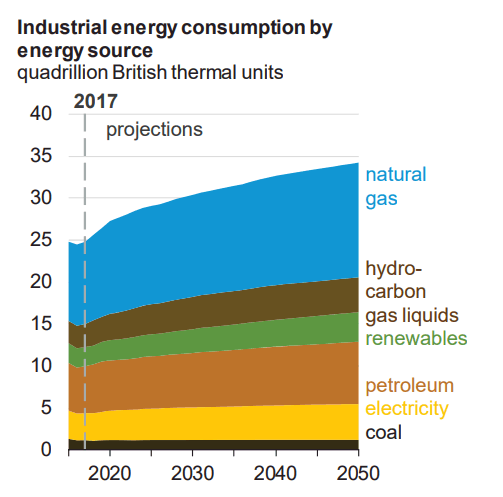

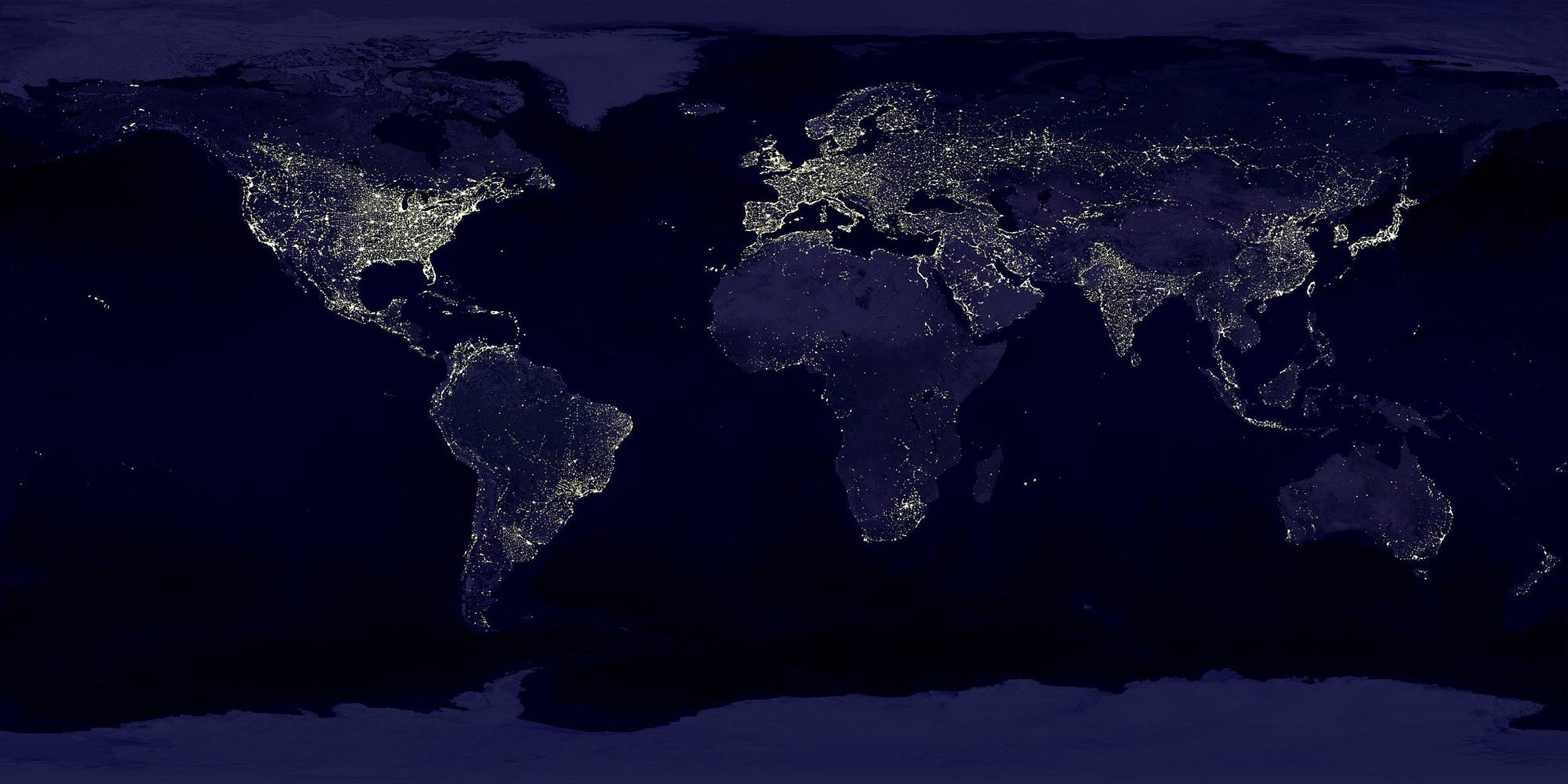


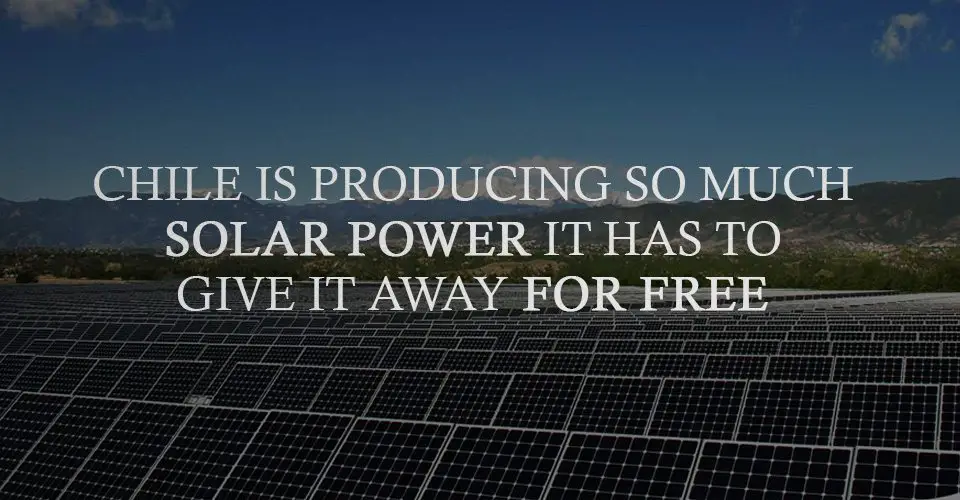 If pumped hydro plants that use the sea as the lower reservoir can be put into large-scale operation Chile would be able to install at least 10 TWh of pumped hydro storage along its northern coast. With it Chile could convert enough intermittent solar into dispatchable form to replace all of its current fossil fuel generation, and at a levelized cost of electricity (provisionally estimated at around $80/MWh) that would be competitive with most other dispatchable generation sources. Northern Chile’s impressive pumped hydro potential is a result of the existence of natural depressions at elevations of 500m or more adjacent to the coast that can hold very large volumes of sea water and which form ready-made upper reservoirs.
If pumped hydro plants that use the sea as the lower reservoir can be put into large-scale operation Chile would be able to install at least 10 TWh of pumped hydro storage along its northern coast. With it Chile could convert enough intermittent solar into dispatchable form to replace all of its current fossil fuel generation, and at a levelized cost of electricity (provisionally estimated at around $80/MWh) that would be competitive with most other dispatchable generation sources. Northern Chile’s impressive pumped hydro potential is a result of the existence of natural depressions at elevations of 500m or more adjacent to the coast that can hold very large volumes of sea water and which form ready-made upper reservoirs.

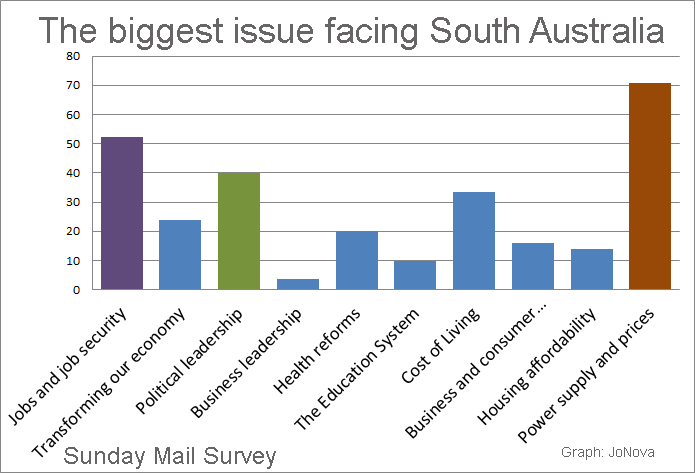
 The California Duck Curve is causing concern among California’s utilities, who wonder whether they will be able to ramp generation up quickly enough to meet evening peak demand when all the new solar capacity California plans to add over the next few years comes on line. As the title of this post notes, however, the California Duck Curve isn’t unique to California. It’s present everywhere to a greater or lesser extent regardless of the shape of the daily load curve, and in many places it’s a more serious problem than it is in California.
The California Duck Curve is causing concern among California’s utilities, who wonder whether they will be able to ramp generation up quickly enough to meet evening peak demand when all the new solar capacity California plans to add over the next few years comes on line. As the title of this post notes, however, the California Duck Curve isn’t unique to California. It’s present everywhere to a greater or lesser extent regardless of the shape of the daily load curve, and in many places it’s a more serious problem than it is in California. Roger Young’s
Roger Young’s 
 Guest post by Energy Matters commentator Roger Young. Roger is a retired businessman from Australia who is concerned by the renewables free-for-all.
Guest post by Energy Matters commentator Roger Young. Roger is a retired businessman from Australia who is concerned by the renewables free-for-all.

